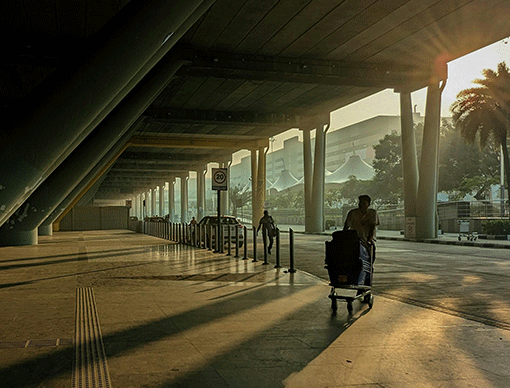COVID-19 Hotel Forecast: Chicago
- Published:
- July 2020

Like other cities that introduced strict lockdowns, the negative impact on revenue per available room (RevPAR) has been severe, especially for Chicago's city-center properties. Optimism for a recovery is well founded, with Illinois currently trending
far better than most other states by creating a plan, clearly defining the metrics required to be met in order to advance to the next phase, and continually communicating progress by publishing a robust dashboard.
Progressively, the RevPAR
disruption model runs since May have continued to erode. One model run on June 14 showed a greater degradation for July than for June (-18 points, versus -7 points from the May 17 forecast), with some improvement in August to -10 points. With Chicago's
earlier than expected move to Phase 4, one could assume July occupancy might be somewhat improved compared to the forecast, especially in light of the fact that Phase 4 also allows for the limited opening of major tourist demand generators (zoo, museums,
etc.).
Amidst some solid progress in stats such as Chicago's 90-day YoY RevPAR disruption forecast and demand/hotel occupancy, other areas - lack of group business, capacity restrictions, the unknown Phase 5 timeline, loan delinquency rates,
and more - remain a great concern.
While many are looking backwards to compare the current market environment with the post-9/11 or 2008 Great Recession periods, Phocuswright prefers to look forward – trying to address the tough questions weighing on our collective minds.
Over the coming months, by teaming up with the data science team at LodgIQ, Phocuswright will evaluate a broad swath of hotel-related and other data across a variety of key metropolitan areas. Our key objectives are to model the:
- Level of disruption
- Duration of disruption
- Shape of the recovery curve
The goal is to understand the similarities and differences in hotel market dynamics between destinations. This is especially relevant, as some markets may have yet to peak in terms of the level of infections, while others are seeing active coronavirus case counts decline.











